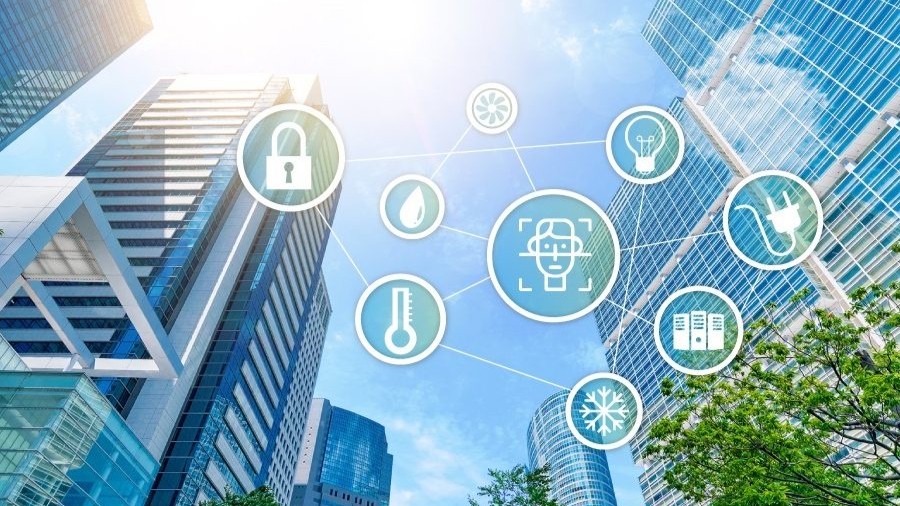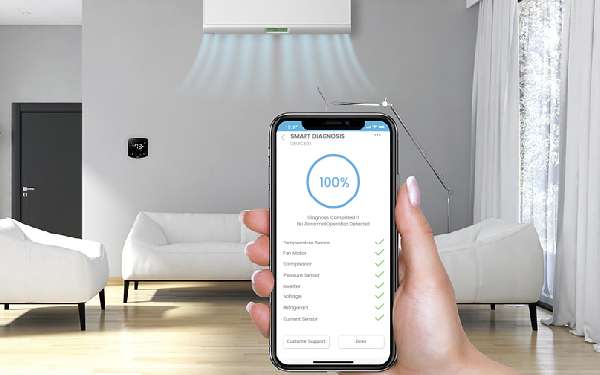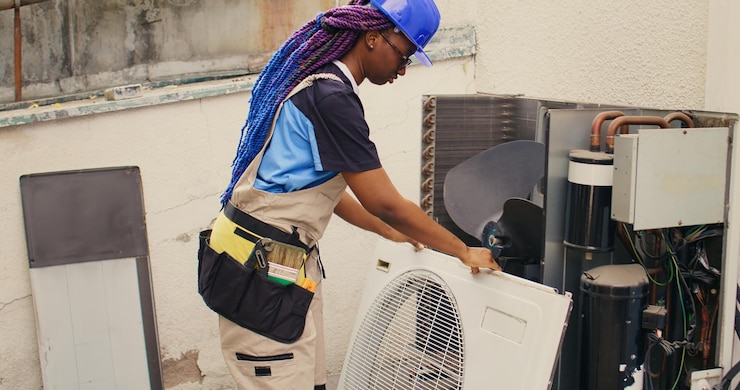The world of technology is constantly evolving, and one of the most exciting advancements is the integration of Artificial Intelligence (AI) in various fields. Among these, remote diagnostic assistance with AI stands out as a game-changer. This innovation is transforming how industries approach troubleshooting and maintenance. In this article, we will explore how remote diagnostic assistance with AI is reshaping the landscape of diagnostics and providing efficient solutions to complex problems.

Understanding Remote Diagnostic Assistance
Remote diagnostic assistance refers to the ability to diagnose and solve issues from a distance. Traditionally, this required skilled technicians to be physically present at the site. However, AI has revolutionized this process by enabling remote support. By leveraging AI-powered tools, technicians can now diagnose problems without the need to be on-site.
The Role of AI in Remote Diagnostics
AI plays a crucial role in remote diagnostics by analyzing vast amounts of data quickly and accurately. It uses machine learning algorithms to detect patterns and anomalies that may indicate a problem. This capability allows for faster and more precise diagnostics, reducing downtime and increasing efficiency.
Benefits of Remote Diagnostic Assistance with AI
- Cost Efficiency: By reducing the need for on-site visits, businesses can save significantly on travel and labor costs.
- Time-Saving: AI enables faster problem identification and resolution, minimizing downtime.
- Scalability: Remote diagnostics can be scaled to handle multiple sites simultaneously, enhancing productivity.
Applications of AI in Remote Diagnostics
The applications of AI in remote diagnostics are vast and varied. From healthcare to manufacturing, AI is being utilized to streamline processes and improve outcomes. Let’s delve into some key areas where remote diagnostic assistance with AI is making a significant impact.
Healthcare Sector
In the healthcare industry, AI is being used to remotely monitor patients’ health conditions. This includes analyzing data from wearable devices to detect irregularities and provide early warnings for potential health issues. The use of AI in healthcare diagnostics is not only improving patient outcomes but also reducing the burden on healthcare facilities.
Manufacturing Industry
In manufacturing, AI-driven remote diagnostics are helping to maintain equipment and prevent breakdowns. By continuously monitoring machinery and analyzing performance data, AI can predict when maintenance is needed, thereby preventing costly downtime and extending the lifespan of equipment.
Automotive Field
The automotive industry is also benefiting from AI in remote diagnostics. Vehicles equipped with AI systems can monitor their own performance and alert users to potential issues. This proactive approach to vehicle maintenance ensures safety and reliability on the road.
Challenges in Implementing Remote Diagnostic Assistance with AI
Despite its many benefits, there are challenges to implementing remote diagnostic assistance with AI. These include data security concerns, the need for skilled personnel to interpret AI-generated insights, and the initial costs of setting up AI systems. However, these challenges are being addressed through advancements in technology and training programs.
Overcoming Data Security Concerns
Data security is a major concern when it comes to remote diagnostics. Companies must ensure that sensitive information is protected from cyber threats. This involves implementing robust security measures and keeping up with the latest cybersecurity trends.
Training and Skill Development
To effectively use AI in remote diagnostics, personnel must be trained to interpret and act on AI insights. Companies are investing in skill development programs to equip their workforce with the necessary knowledge and skills.
The Future of Remote Diagnostic Assistance with AI
The future of remote diagnostic assistance with AI is promising. As AI technology continues to evolve, we can expect even more sophisticated diagnostic tools. This will lead to improved efficiency, reduced costs, and better outcomes across various industries.
Integration with IoT
The integration of AI with the Internet of Things (IoT) is set to revolutionize remote diagnostics further. By combining these technologies, businesses can achieve even greater levels of automation and efficiency.
Advancements in AI Algorithms
As AI algorithms become more advanced, they will be able to provide even more accurate and detailed diagnostics. This will enhance the ability of businesses to preemptively address issues and improve overall performance.
Conclusion
In conclusion, remote diagnostic assistance with AI is transforming the way industries approach troubleshooting and maintenance. With its numerous benefits and wide-ranging applications, it is set to become an integral part of modern business operations. By embracing this technology, companies can stay ahead of the curve and ensure continued success in an increasingly competitive landscape.
For more information on how AI is revolutionizing industries, check out the article on AI leveraging HVAC management.

FAQs
What is remote diagnostic assistance?
Remote diagnostic assistance refers to the ability to diagnose and resolve issues from a distance, often through the use of technology such as AI.
How does AI enhance remote diagnostics?
AI enhances remote diagnostics by quickly analyzing data to identify patterns and anomalies, which helps in fast and accurate problem identification and resolution.
What industries benefit from remote diagnostic assistance with AI?
Industries such as healthcare, manufacturing, and automotive are benefiting from the integration of AI in remote diagnostics to improve efficiency and outcomes.
This article contains affiliate links. We may earn a commission at no extra cost to you.
